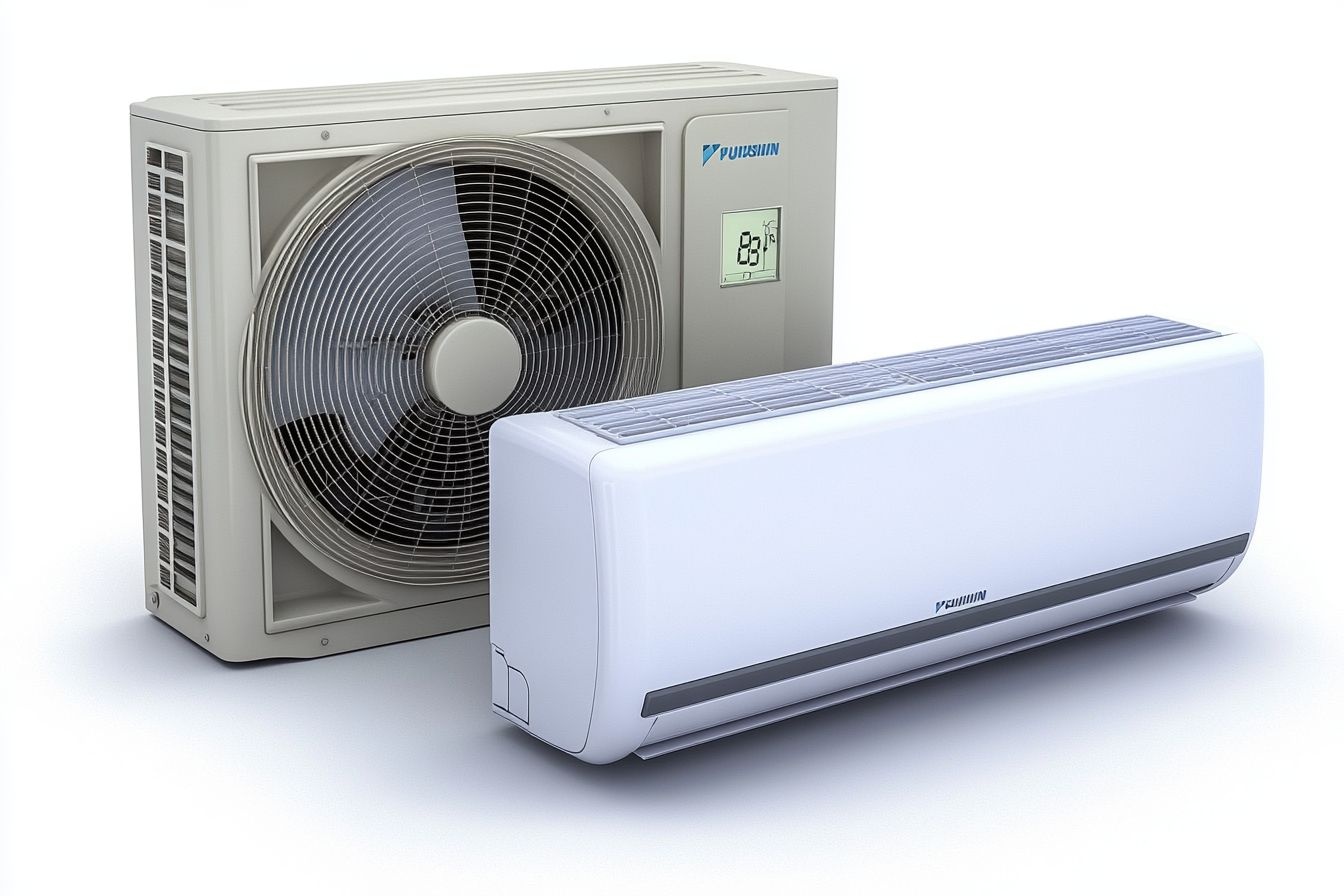Ductless AC Explained: Smart, Efficient Home Climate
Discover how ductless air conditioning (mini-split) systems deliver precise, energy-efficient heating and cooling without bulky ductwork. Learn about zone-based temperature control, improved indoor air quality, installation tips, maintenance needs, costs, and long-term savings to decide if a ductless system fits your home.

Ductless air conditioning, commonly called mini-split systems, combine compact indoor air handlers with an outdoor compressor to provide targeted heating and cooling without extensive ductwork. This design makes them ideal for new builds, additions, or retrofit projects where running ducts would be difficult or inefficient. By delivering climate control only where it’s needed, ductless systems can improve comfort and cut operating costs compared with conventional central HVAC setups.
Advantages of a Ductless System
One of the biggest benefits of ductless systems is energy efficiency. Traditional central air systems can lose up to 30% of conditioned air through leaky or poorly insulated ducts; eliminating ductwork removes that source of waste. Mini-splits also enable true zone control, so you can cool or heat specific rooms rather than the whole house, reducing energy use when areas are unoccupied.
Beyond efficiency, many ductless units include advanced filtration that helps reduce dust, pollen, and other airborne particles, contributing to better indoor air quality. These systems are typically quieter than window units or older forced-air systems and are available in sleek wall-mounted, ceiling cassette, or floor-mounted indoor styles for flexible installation. Together these attributes make ductless systems a compelling option for homeowners focused on comfort and efficiency.
Installation: What to Expect
Installing a ductless system is generally less invasive than fitting ductwork throughout a home, but thoughtful placement matters. Indoor units should be located to maximize airflow and even temperature distribution—common spots include high on a wall in living areas or hallways for circulation. The outdoor compressor needs sufficient clearance for airflow and should be shielded from extreme weather and heavy debris.
A small hole through the wall (usually 2–3 inches) connects each indoor unit to the outdoor compressor using refrigerant lines, a condensate drain, and power wiring. Proper sizing and layout are essential: an undersized unit will struggle to reach set temperatures, while an oversized unit can cycle too frequently and waste energy. For these reasons, professional design and installation are recommended to match system capacity to your home’s heat load and to ensure correct refrigerant charge and configuration.
Maintenance and Care
Routine upkeep for ductless systems is straightforward but important for performance and longevity. Key tasks include:
- Cleaning or replacing air filters regularly—many manufacturers recommend monthly cleaning in high-use seasons.
- Keeping the outdoor unit clear of leaves, ice, and other debris to maintain airflow.
- Ensuring indoor unit coils and drain lines are free from buildup and obstructions.
- Scheduling an annual professional inspection to check refrigerant levels, electrical connections, and overall system health.
Consistent maintenance helps preserve efficiency, reduces the risk of breakdowns, and can extend the system’s useful life. While owners can handle basic cleaning, a qualified technician should perform seasonal tune-ups and any refrigerant repairs.
Costs and System Options
| System Type | Capacity (BTUs) | Average Cost Range |
|---|---|---|
| Single Zone | 9,000–12,000 | $3,000–$5,000 |
| Dual Zone | 18,000–24,000 | $4,500–$7,000 |
| Multi Zone (3–4) | 24,000–36,000 | $6,000–$12,000 |
Prices, rates, or cost estimates mentioned in this article are based on the latest available information but may change over time. Independent research is advised before making financial decisions.
Energy Efficiency and Long-Term Savings
Modern ductless systems often achieve high SEER (Seasonal Energy Efficiency Ratio) ratings—commonly in the 16 to 30 SEER range—which typically exceed those of many older central air units. Higher SEER ratings translate into lower energy consumption for the same cooling output, and homeowners may see operating cost reductions of roughly 30–40% compared to conventional systems in similar conditions.
Although the upfront expense for a ductless installation can be higher than replacing an existing furnace or installing a basic window unit, the combination of lower energy bills, reduced maintenance needs, and improved comfort can make the investment worthwhile over time. In some regions, rebates or tax incentives for high-efficiency equipment may be available, further improving the payback timeline.
Is a Ductless System Right for Your Home?
Ductless systems are particularly well-suited to homes without existing ductwork, rooms that need independent climate control (such as home offices or sunrooms), and properties with additions where extending existing ducts would be impractical. They also work well in multi-family units, garages converted to living space, and areas where improved filtration is desired.
When deciding, consider the layout of your home, your budget, and whether you want room-by-room control. Consult a licensed HVAC professional for a heat-load calculation and a tailored proposal—correct sizing and placement are crucial to achieving the promised efficiency and comfort.
With proper installation and routine maintenance, ductless air conditioning offers a flexible, energy-conscious solution for modern climate control needs, providing precise comfort while minimizing wasted energy and maintenance headaches.






